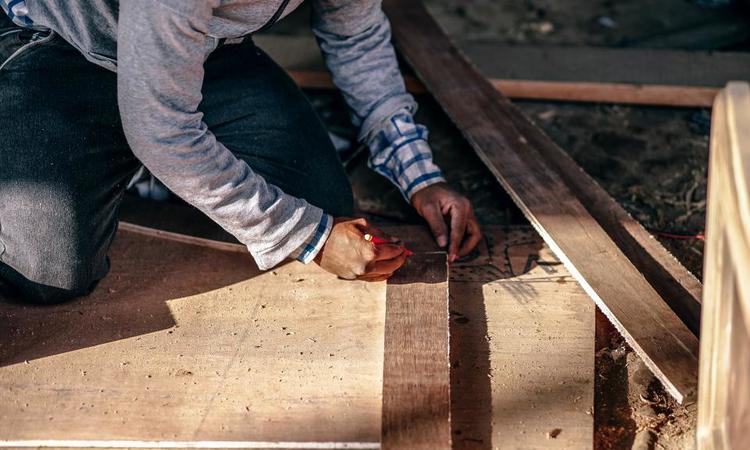We’re excited to share that you can now install Wazimap as a Django project using pip. This makes it much simpler to re-use Wazimap and build out a Wazimap website for your country or city. This will help many more people use Wazimap to find the story behind the data.
Don’t leave home without it
Since early 2014, Wazimap.co.za has been used by thousands of people across South Africa to understand where they live, go to school and do business. It has become a critical tool for activists, journalists, political parties and many more who need to make informed decisions about their lives and work.
We regularly hear how exploring a place in Wazimap–such as the stark Richtersveld in the remote north-west of South Africa–makes statistics and numbers approachable, friendly and understandable. So we’re excited to make it easier for more countries and cities to make their data simpler to use.
Building out a new Wazimap for a country has been time consuming and complex. It’s now much simpler with the new pip-installable Wazimap. Developers can focus on the data they want to open up rather than worrying about the technical details of the website.
Read up on how to build your own Wazimap and check out the Wazimap source code on GitHub. Follow @Wazimap on Twitter and let us know how it goes!
A global team
Making Wazimap possible has truly been a world-wide team effort. Building a pip-installable Wazimap has been a collaboration between Code for South Africa and David Lemayian and his team at Code for Africa.
Wazimap is built on the amazing Census Reporter, which was created in the USA as a Knight News Challenge project and was built by Joe Germuska, John Keefe, Ryan Pitts, Ian Dees and Sara Schnadt. In early 2014, Code for South Africa and Media Monitoring Africa collaborated to customise Census Reporter for South Africa and Wazimap was born.





